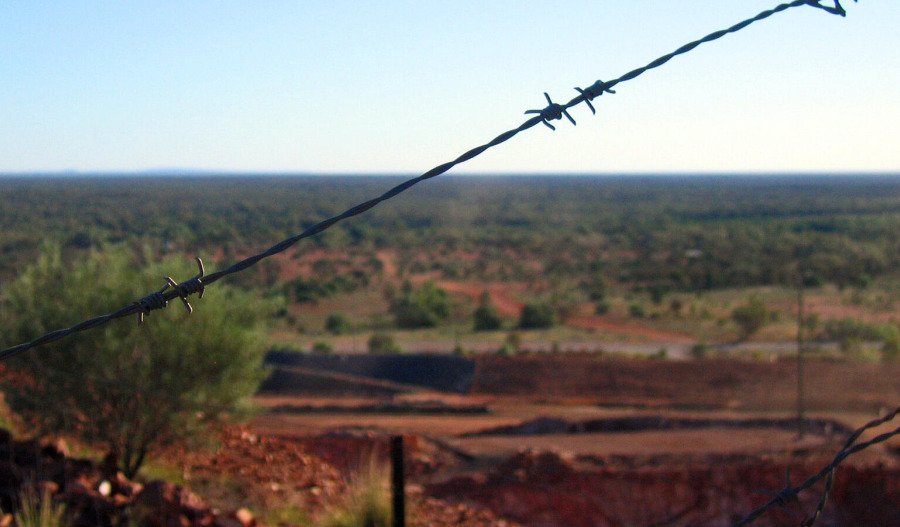Amidst snowballing bull market sentiment, earlier-than-predicted copper tariffs will send spot prices down 15% during Q2 this year, says financier BNP Paribas.
For those playing at home, the second quarter starts tomorrow, a day before U.S. President Donald Trump’s expected tariffs on a string of imports into the United States come into play.
What is announced out of the White House on Trump’s ‘Liberation Day’ is poised to send markets into flux either way, and the industrial metal is flagged to be one of the next targets, copping a 25% levy on exporters to America.
Some copper bears, such as BNP Paribas, are siding against the majority bulls.
Bearish outlook
Concerns that efforts to increase copper imports ahead of Trump’s proposed tariffs would leave global supplies at extremely low levels has been the consensus driver in pushing prices higher of late.
Couple that with intrinsic high demand for its use in our move towards electrification and clean energy goals, copper futures are reflecting that sentiment, with prices buoyant above the US$10,000 per tonne (t) mark.
The 10-year outlook remains positive, with S&P Global recently forecasting copper consumption could double to 50Mt by 2035 and send prices up past US$13,000/t.
Yet BNP warns that the looming tariffs on the commodity will actually see a 15% drop in prices in the near-term.
Why? Because BNP says an earlier than predicted arrival of tariffs on the industrial metal would leave less room for rerouting goods to the US, therefore ending the current chaos in prices and allowing the market to focus on the negative impacts of U.S. trade policy.
The French investment arm is predicting this decline as early as next month, expecting a fall to $8,500/mt during the quarter as U.S. demand slows as a consequence.
The investment bank has now lowered its forecast for global copper demand growth, predicting just a 2.3% increase this year, down from its previous forecast of 3.1%.
“The copper market is expected to see a supply surplus of 460,000t this year, significantly higher than the previously forecasted surplus of 124,000t,” BNP Paribas said.
Bulls remain confident
ANZ says that while mine supply fell in the South American copper havens of Chile and Peru, it ticked up a significant 5% globally during January, and looks sufficient in the near term.

The bank says the outlook for copper and other industrial metals is improving as recent data suggests China’s economy is also looking healthier.
“This is evident in stronger than expected retail sales and industrial production,” says ANZ.
"China’s PMI manufacturing data has also moved back into an expansionary zone.
“Domestic economic and market sentiment appear to have been bolstered by the government’s commitment to supporting growth [and] adding to this, the down trend in other major developed economies has also reversed, raising hope of an industrial-led rebound.”



